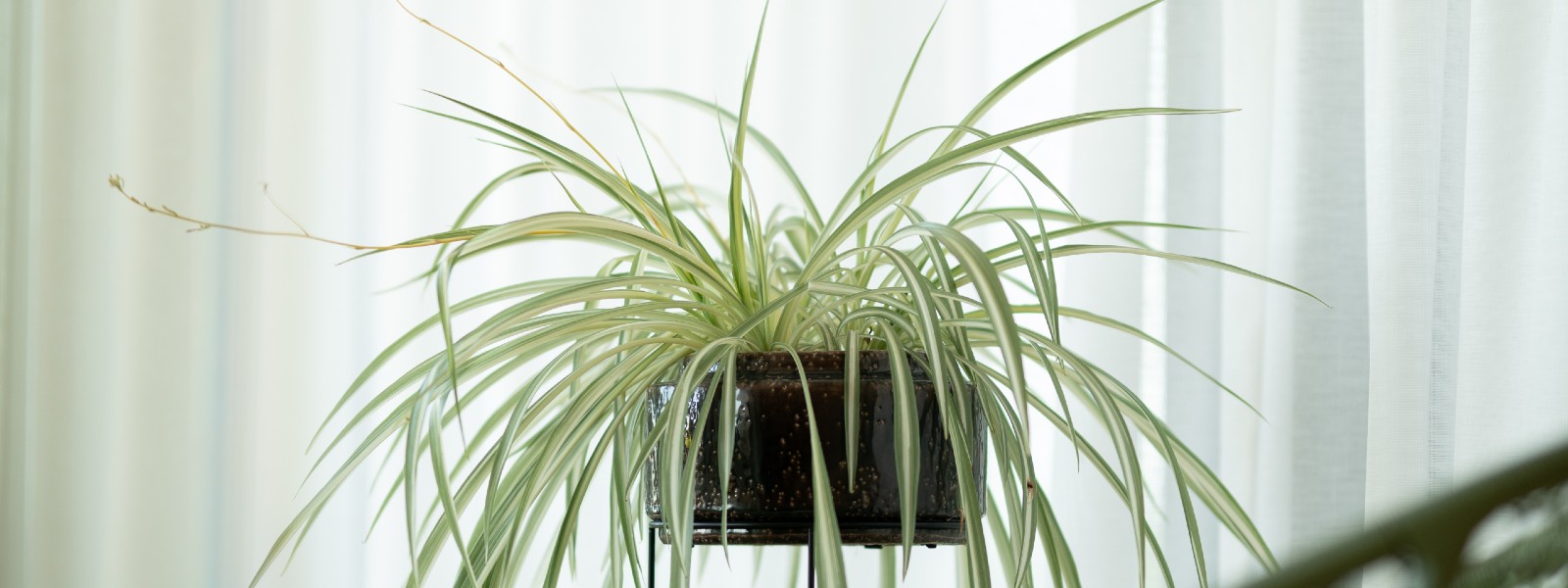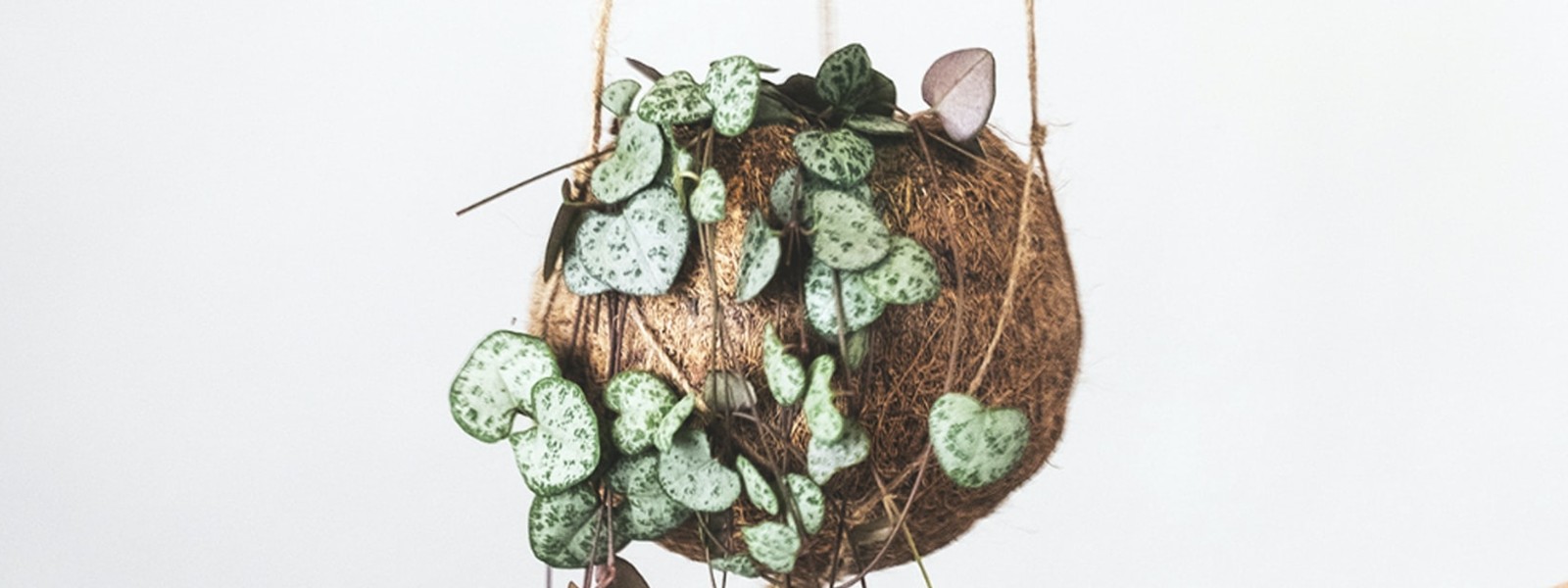Enjoy the beauty and colour of botanica at these must-see flower and garden shows in Melbourne and regional Victoria.
How to choose the hardiest indoor plants

Try your luck with these hard-to-kill indoor plants.
It could be the colour plants bring, or maybe foliage makes us feel calm, but the trend for greenery indoors seems here to stay. What may be shorter lived, however, are the plants themselves.
The problem lies in the term ‘indoor plants’. They don’t exist. Yes, rainforest plants cope with minimal sun, and some succulents can survive drought, but we’ve yet to breed anything that thrives in aircon and heating. You can help improve the chances of survival of the plants you keep inside by giving them a spell outside occasionally – especially if there’s light rain to freshen them up. But never put them straight into full sun.
If you’re a beginner or registered plant killer, resist the exotic rarity everyone is bidding for online, and instead visit a church or school fete to see what locals are growing. Not only do old favourites exude retro cool, you know they’re bulletproof – and if you can talk to the person growing them, you can learn a lot too.
The most common cause of Death by Owner is overwatering – so test the soil with a finger (buried to the first knuckle) and, if it’s damp, don’t water. Use good potting mix and a ‘Goldilocks’ pot that’s neither too big (the mix will stay too wet) nor small (the roots will get pot-bound). Boost with a liquid fertiliser in spring and autumn.
Here are some hardy suggestions:
Warning: Not all house plants are pet and toddler friendly – Dieffenbachia is also called dumb cane because its poisonous sap can render you temporarily dumb, while philodendrons are toxic to eat, as are Zanzibar gem, jade plants, cyclamen, and some aloes.





